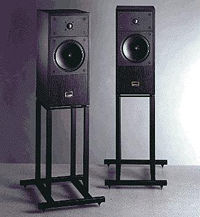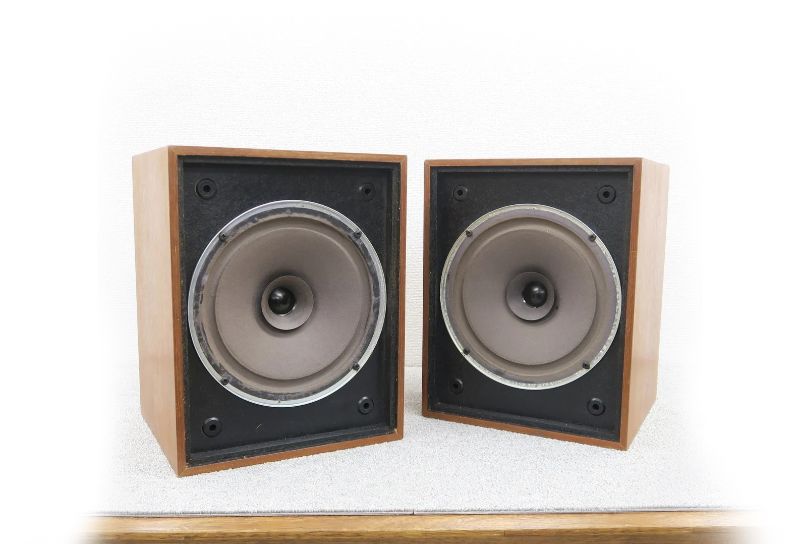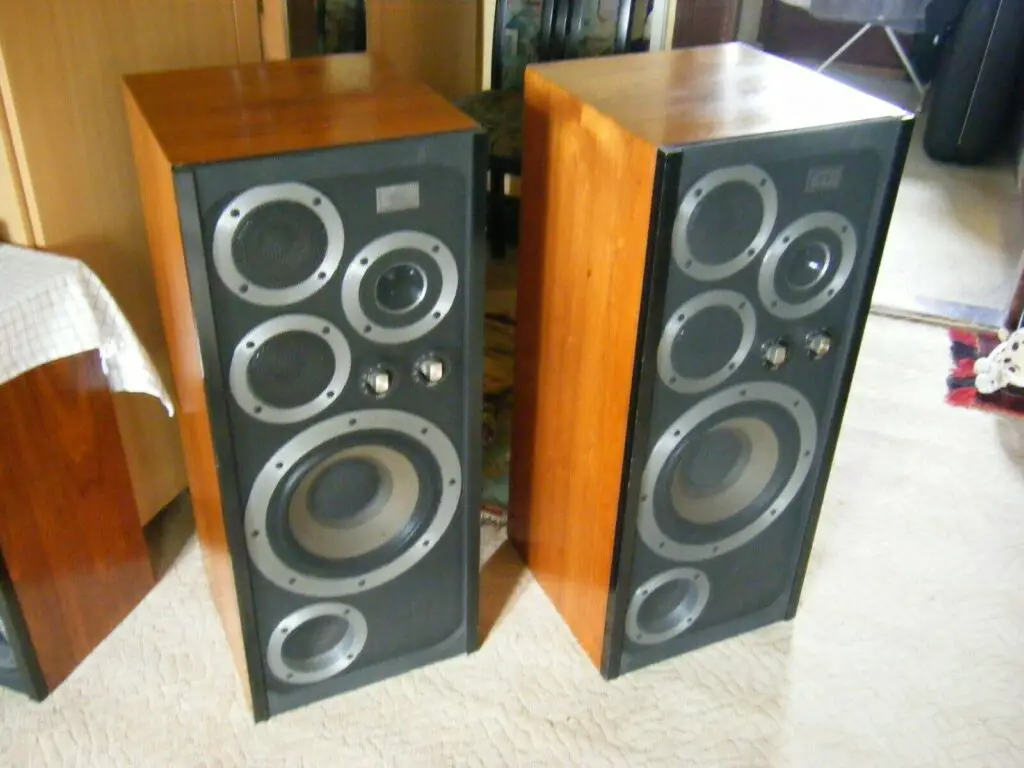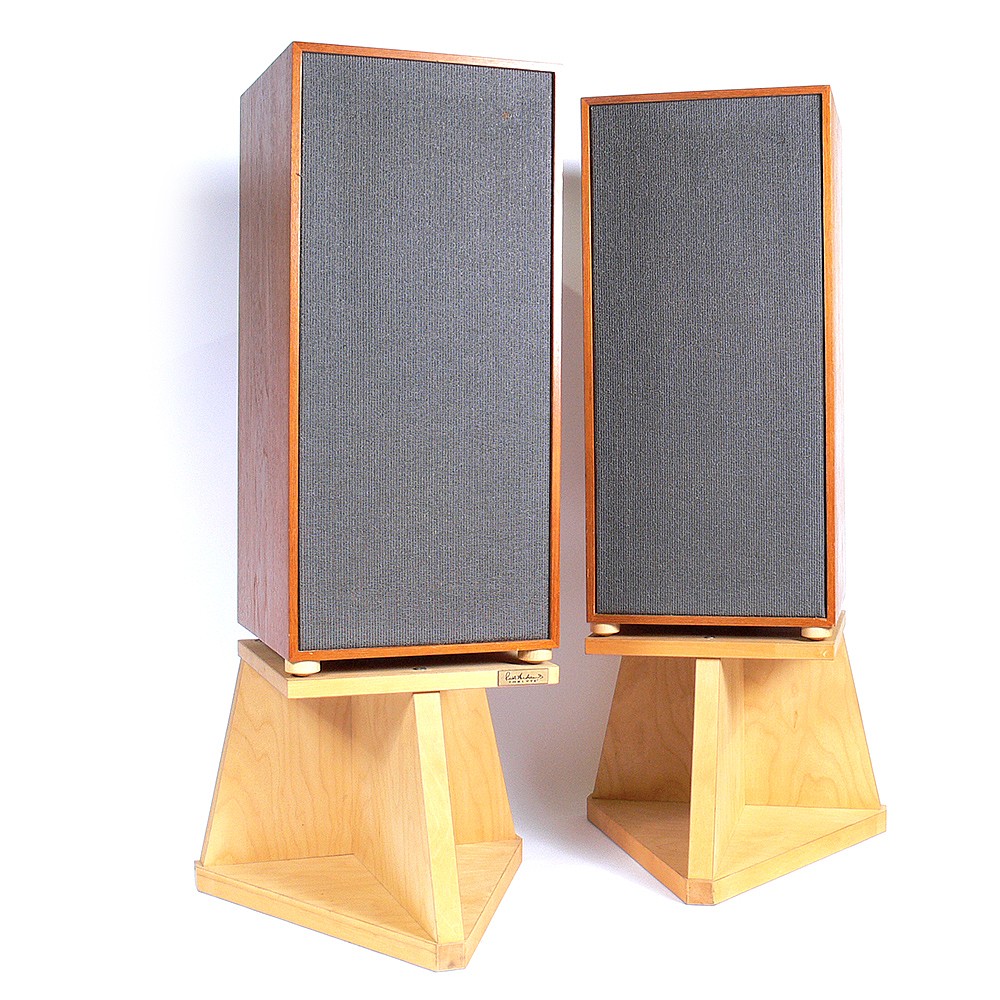The world of loudspeakers in the 1980s was strange, but rarely great. With its clangy, first-generation metal dome tweeter, Celestion’s SL6 was considered cutting-edge. Linn’s bizarre Isobarik, with its slew of forward-facing and upward-firing motors, was cited as a model. Many people dismissed Quad’s ESL-63 electrostatic, which had been twenty years in the making. What about the best-selling speaker in the country? KEF’s Coda – classic 1970s design and engineering in a more affordable, smaller package!
In this environment, Epos introduced the ES14 in 1983. Robin Marshall, the company’s founder and designer, had recently completed three high-profile boxes for Monitor Audio, and offered a fresh perspective to the table. It made a virtue of simple simplicity and exquisite engineering, perfectly in step with the times. Multiple drive unit arrays, sophisticated crossovers, and large, boomy boxes were all gone. “A marvel of straightforward thinking and intentional engineering,” Epos said, and he was correct!
The key was intelligent simplicity. The world was still flooded with seventies’ speakers with a welter of cheap paper drive units, sewn together with impossibly sophisticated crossovers, and stuffed into enormous, flexible boxes with a lump of cotton wool to keep the wobbles at bay! The ES14 appeared ultra-modern in this setting, like a BBC Microcomputer next to a slide rule.
This loudspeaker was a huge standmounter, as was the trend at the time. The new religion was speaker stands. Whereas just ten years prior, even top-of-the-range reference designs costing thousands of pounds were simply dumped on the floor behind the sofa, audiophile thinking in the 1980s demanded welded steel tubular frame stands (naturally black), permanently staked to the floor. As a result, the ES14 could only exist in this form. It was no Wharfedale Diamond, with dimensions of 488x226x290mm and a weight of 11kg per side – it was large, and it sounded big! With black textured drive unit frames and a choice of black ash, mahogany, or walnut wood veneer, it had a clean, modern design.
One 200mm bass driver and one 26mm treble driver, all designed and manufactured by Epos Acoustics, were located inside. The bass driver had a plastic cone with a synthetic rubber surround, while the tweeter had an aluminum-alloy dome as standard. Although neither of these drivers is very noteworthy by today’s standards (far from it! ), the trick was in how effectively they worked together. Due to the complementary mechanical qualities of the two drivers, and the fact that there were ‘only’ two drivers and not three (or more), there was no need for sophisticated crossover circuitry, unlike practically every other speaker on the market at the time. By 1980s standards, this resulted in a comparatively light load for the driving amplifier. An easy, unreactive load was created by a sensitivity value of 87dB (bad now, but good back then!) and an impedance that didn’t go below 7 ohms (nominally, it was 8) and a sensitivity figure of 87dB (poor now, but good back then!). It performed best with amplifiers rated between 25 and 100 watts into 8 ohms, according to Epos.
The result was a quick and articulate listen, with the speakers placed 250-500mm from the back wall and at least 500mm from the sides on firm floor supports. The Epos ES14s were designed to combine the scale and physicality of a large speaker with the speed and delicacy of a tiny speaker. The ’14s might pin you against a wall, yet picture superbly and produce a delightfully deep and spacious sound when driven by a competent pre-power amplifier combination (Naim’s NAC42.5/160 was a favorite combination). The metal tweeter wasn’t as smooth as a fabric dome, but it wasn’t as abrasive as some of the other dustbin lids found in competing boxes. The Epos was improved over time until it was phased out in the early 1990s.
Expect to pay between £150 and £300 depending on condition (and whether or not stands are included), and pair with reasonably smooth transistor electronics — tube amps are not required! You can definitely “hear the drive units” by today’s standards, but its inherent speed and melody show through regardless. It’s not the most transparent, but it’s nonetheless eerily intriguing, reminding you that, whatever the (supposed) virtues of floorstanders, a huge standmounter in your average medium-sized British listening room sounds nothing like a big standmounter.







